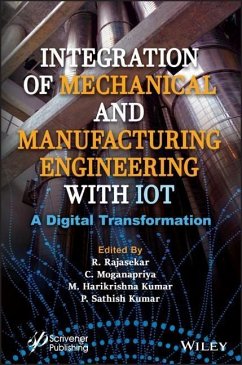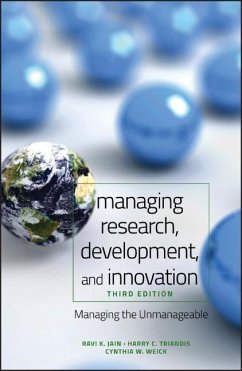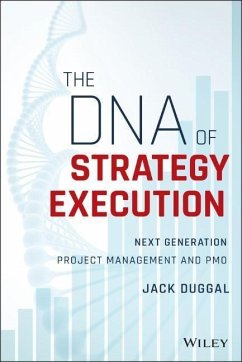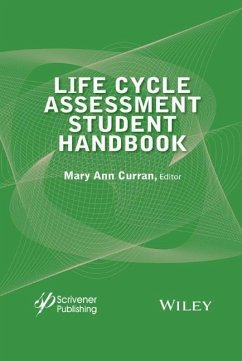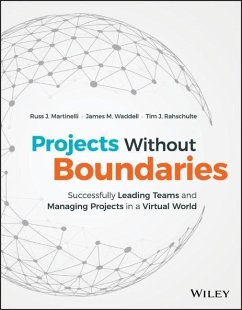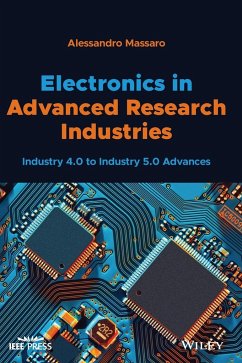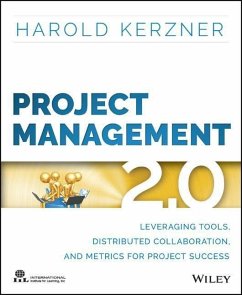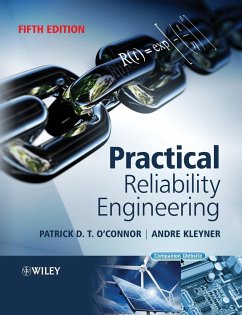
The Smart Cyber Ecosystem for Sustainable Development
Versandkostenfrei!
Versandfertig in über 4 Wochen
214,99 €
inkl. MwSt.
Weitere Ausgaben:

PAYBACK Punkte
107 °P sammeln!
Das Cyber-Ökosystem kann unser natürliches Ökosystem nachbilden, in dem verschiedene lebende und nicht lebende Dinge miteinander interagieren, um bestimmte Aufgaben zu erfüllen. Ganz ähnlich arbeiten die verschiedenen Einheiten des Cyber-Ökosystems auf digitaler Ebene zusammen, um unseren Lebensstil durch die Schaffung intelligenter und automatisierter Systeme/Prozesse zu revolutionieren. Die Hauptakteure des Cyber-Ökosystems sind insbesondere das Internet der Dinge (IoT), die künstliche Intelligenz (KI) und Mechanismen zur Gewährleistung der Cybersicherheit.In diesem Buch wird aufgez...
Das Cyber-Ökosystem kann unser natürliches Ökosystem nachbilden, in dem verschiedene lebende und nicht lebende Dinge miteinander interagieren, um bestimmte Aufgaben zu erfüllen. Ganz ähnlich arbeiten die verschiedenen Einheiten des Cyber-Ökosystems auf digitaler Ebene zusammen, um unseren Lebensstil durch die Schaffung intelligenter und automatisierter Systeme/Prozesse zu revolutionieren. Die Hauptakteure des Cyber-Ökosystems sind insbesondere das Internet der Dinge (IoT), die künstliche Intelligenz (KI) und Mechanismen zur Gewährleistung der Cybersicherheit.
In diesem Buch wird aufgezeigt, wie die Kombination dieser Technologien eine digitale, nachhaltige sozioökonomische Infrastruktur ermöglicht, die unsere Lebensqualität verbessert. Es werden fortschrittliche Automatisierungsmethoden vorgestellt, die mit verbesserten Geschäfts- und Prüfungsmodellen, universellen Authentifizierungsschemata, transparenter Governance und innovativen Prognosen einhergehen.
In diesem Buch wird aufgezeigt, wie die Kombination dieser Technologien eine digitale, nachhaltige sozioökonomische Infrastruktur ermöglicht, die unsere Lebensqualität verbessert. Es werden fortschrittliche Automatisierungsmethoden vorgestellt, die mit verbesserten Geschäfts- und Prüfungsmodellen, universellen Authentifizierungsschemata, transparenter Governance und innovativen Prognosen einhergehen.





